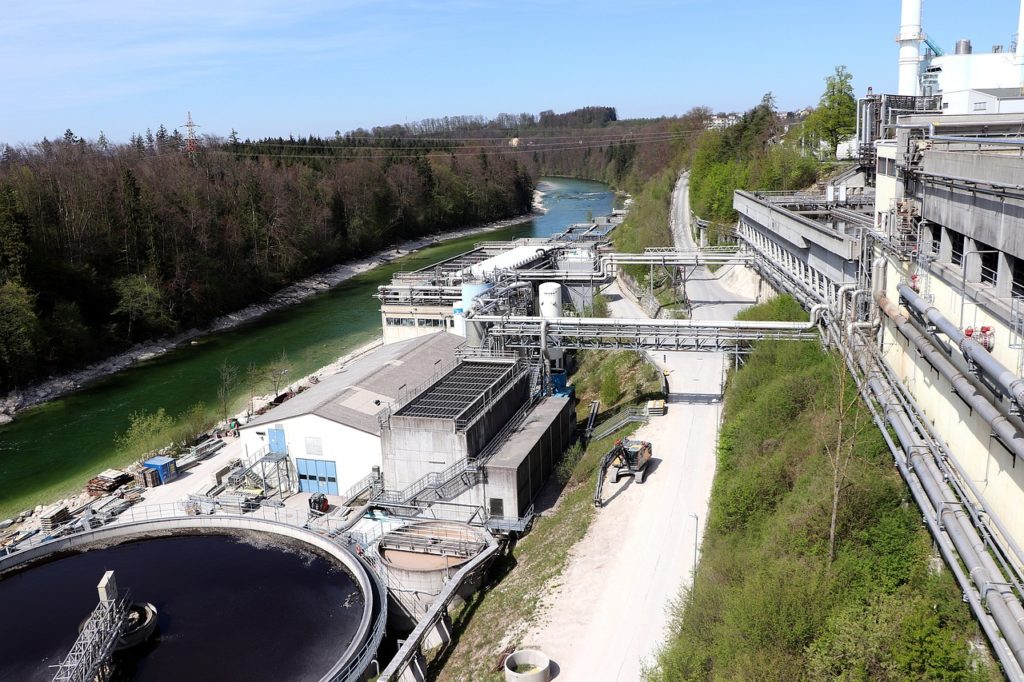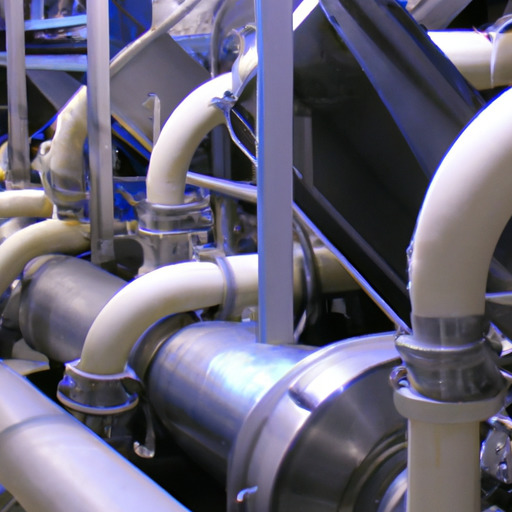Wastewater treatment is a crucial process that many of us rely on every day without realizing it. From flushing a toilet to taking a shower, we generate wastewater that needs to be properly treated before being released back into the environment. Over the years, the evolution of wastewater treatment has seen remarkable advancements, transforming from basic methods to sophisticated systems that effectively remove pollutants and protect our planet’s precious resources. This article delves into the fascinating history of wastewater treatment, exploring its origins and highlighting the significant milestones that have shaped its evolution over time.
Understanding the Evolution of Wastewater Treatment
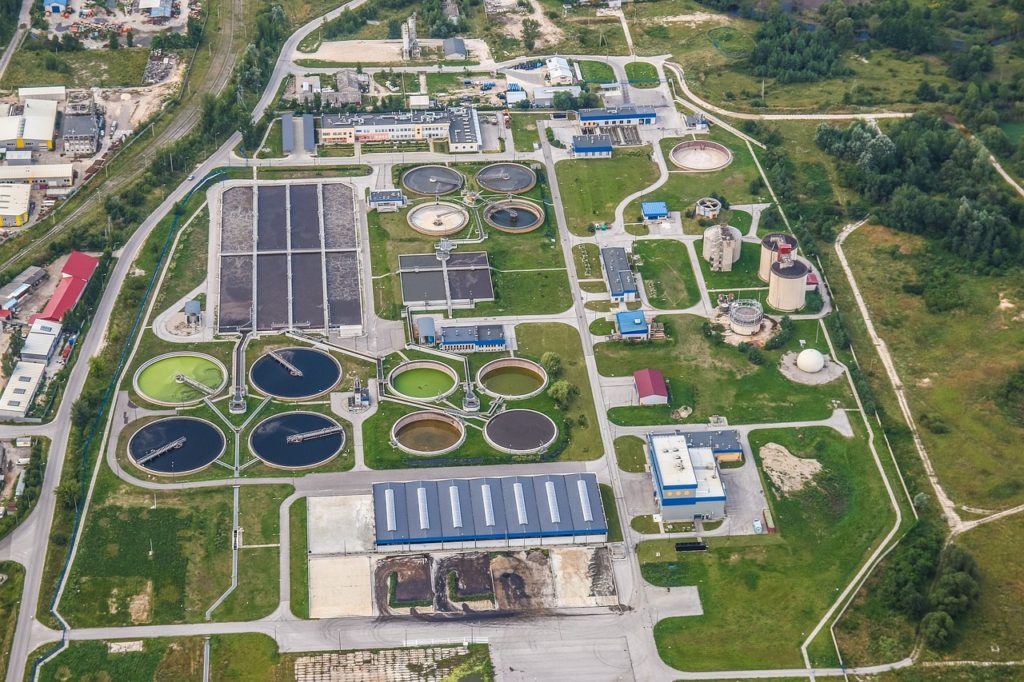
Early Forms of Wastewater Treatment
In ancient times, the concept of wastewater treatment was an unknown territory. People lacked the understanding of the negative impacts of untreated wastewater on their health and the environment. However, historical evidence suggests that early civilizations, such as the Indus Valley and Ancient Rome, had rudimentary systems in place to address wastewater disposal. These systems typically involved crude methods like drainage ditches and canals to divert wastewater away from populated areas.
Development of First Sewer Systems
The development of sewer systems marks a significant milestone in the evolution of wastewater treatment. It was in the 19th century that the first modern sewer systems began to emerge. The innovative vision of engineers like Sir Joseph Bazalgette, who designed London’s sewer network, revolutionized the way wastewater was managed. These sewer systems effectively transported wastewater away from urban areas and towards treatment plants, improving public health and sanitation.
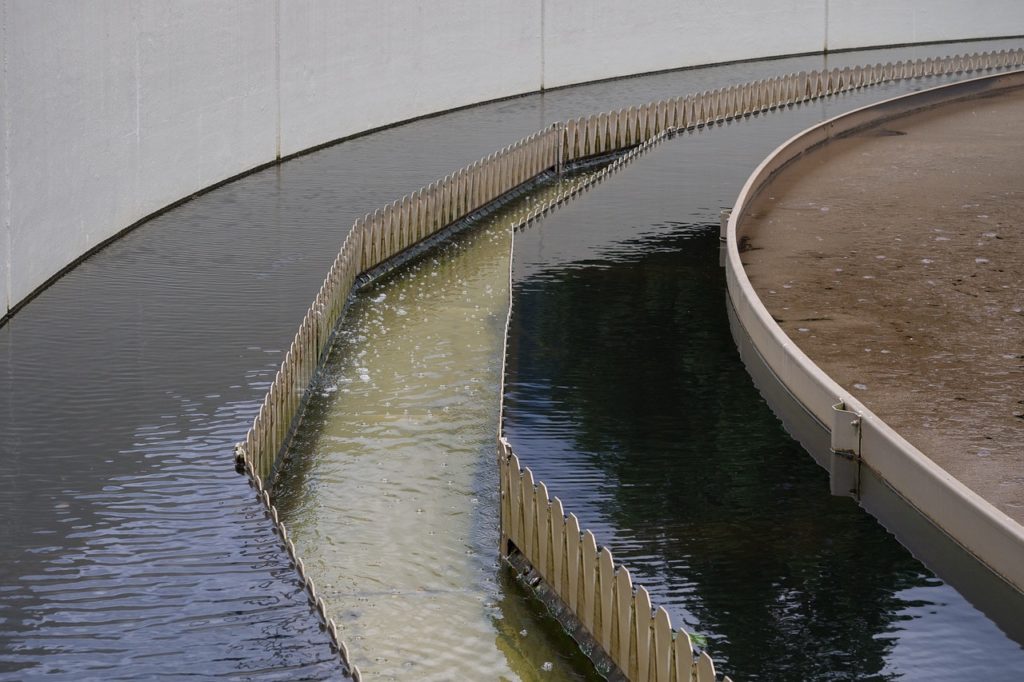
Discovery of Microorganisms and Germ Theory
The discovery of microorganisms and the understanding of germ theory in the late 19th century brought a paradigm shift in wastewater treatment. Scientists, including Louis Pasteur and Robert Koch, demonstrated the role of microorganisms in causing diseases and the importance of their removal from wastewater. This discovery paved the way for the development of biological treatment processes, which targeted the microorganisms responsible for waterborne diseases.
Introduction of Chemical Treatment Processes
As scientific understanding grew, chemical treatment processes were introduced to complement the biological methods. Chlorination, for instance, became a prevalent technique for disinfecting wastewater. Chlorine compounds effectively kill harmful bacteria and viruses, minimizing the risks associated with waterborne diseases. Chemical treatment processes expanded the repertoire of wastewater treatment options and enhanced the overall efficiency of treatment plants.
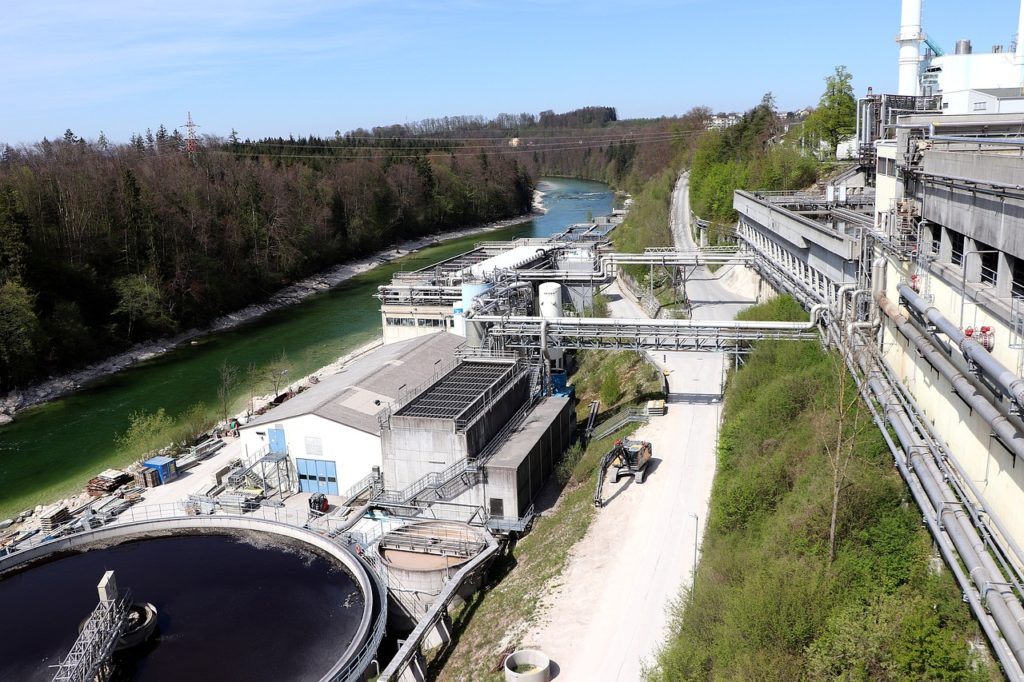
Advancements in Biological Treatment Methods
With the advancement of scientific knowledge, biological treatment methods experienced significant progress. In the mid-20th century, the activated sludge process was introduced. This process involves the vigorous aeration of wastewater, promoting the growth of bacteria that consumes organic matter. The activated sludge system allowed for efficient removal of organic pollutants, leading to enhanced treatment capabilities in wastewater treatment plants.
Emergence of Activated Sludge Process
The activated sludge process revolutionized wastewater treatment by harnessing the power of microorganisms. In this process, wastewater is mixed with a culture of microorganisms called activated sludge. These microorganisms break down organic matter, effectively removing pollutants from the wastewater. The activated sludge process not only enhances the treatment efficiency but also reduces the ecological impact of wastewater discharge into natural water bodies.
Invention of Trickling Filter Technology
Trickling filter technology was another significant breakthrough in wastewater treatment. Developed in the early 20th century, this process involves passing wastewater through a bed of porous material, such as stones or plastic media, which provides a suitable habitat for microorganisms. These microorganisms form a biofilm on the media and degrade organic matter as wastewater trickles over it. The invention of trickling filter technology improved the efficiency of wastewater treatment and offered a more cost-effective method compared to traditional biological treatment approaches.
Implementation of Nutrient Removal Techniques
The recognition of the environmental impact of nutrient-loaded wastewater gave rise to nutrient removal techniques. Excessive nutrients, such as nitrogen and phosphorus, can cause eutrophication in receiving water bodies, leading to harmful algal blooms and oxygen depletion. As a result, treatment plants implemented processes like biological nutrient removal and chemical precipitation to reduce nutrient concentrations in wastewater. These techniques played a crucial role in protecting aquatic ecosystems and maintaining water quality standards.
Introduction of Advanced Membrane Filtration
The introduction of advanced membrane filtration brought about a significant transformation in wastewater treatment. Membrane bioreactors (MBRs) and reverse osmosis (RO) systems became popular methods for wastewater purification. MBRs utilize a combination of a biological treatment process and membrane filtration, providing a compact and highly efficient treatment system. RO systems, on the other hand, utilize a semi-permeable membrane to remove contaminants at a molecular level. The incorporation of membrane filtration technologies offered enhanced water quality and improved treatment capabilities.
Adoption of Sustainable and Energy-efficient Solutions
In recent years, there has been a growing emphasis on adopting sustainable and energy-efficient solutions in wastewater treatment. The development and implementation of technologies such as anaerobic digestion and advanced oxidation processes have gained prominence. Anaerobic digestion utilizes specialized bacteria to break down organic matter in the absence of oxygen, generating biogas as a valuable byproduct. Advanced oxidation processes employ powerful oxidants like ozone or hydrogen peroxide to degrade persistent pollutants and remove emerging contaminants from wastewater. These sustainable and energy-efficient solutions contribute to minimizing the environmental impact of wastewater treatment and promoting a more sustainable future.
In conclusion, the evolution of wastewater treatment has come a long way from the basic drainage systems of ancient civilizations to the sophisticated processes and technologies of the present day. Through the development of sewer systems, discovery of microorganisms, introduction of chemical and biological treatment methods, and advancements in filtration and sustainability, we have significantly improved our ability to treat and protect the environment from the harmful effects of wastewater. As we continue to innovate, it is important to prioritize sustainable solutions that not only meet current needs but also ensure the long-term health of our ecosystems.

